Top 5 Examples of Experiential MarketingExperiential marketing has become one of the most significant new trends in marketing today. It is known by many names such as engagement marketing, event marketing, participation marketing, and live marketing. It’s a marketing strategy that engages consumers and invites them to participate in a brand experience that sets your company apart from the competition.
We know, you’re like ‘thanks for telling us what it is, but do you have any examples so that we can really understand the value of this “experiential marketing”’. Of course we do! We’ve collected some real-world examples that show how some companies made a creative brand idea come to life and contribute largely to their marketing initiatives.
The five examples we are sharing with you are on a massive scale but should still inspire you about ways you can incorporate experiential marketing into your next trade show booth or company marketing event.
Lean Cuisine: #WeighThis Campaign
Lean Cuisine was looking for a way to express to women that they should stop focusing on dieting, but instead focus on the things in life that really matter to them. They decided to execute this message in a large format video display campaign located at Grand Central Terminal in New York City, NY.
The marketing theme or strategy of the video was to encourage women to stop focusing on dieting and start “weighing” what really mattered. A hashtag of #WeighThis was communicated through this marketing messaging, and women everywhere began using social media to post what mattered most to them utilizing the hashtag.
Lean Cuisine also supported this campaign through a gallery of scales located throughout New York City with messages painted on them inviting women to “weigh in”.
The response was tremendous. Many women throughout the city chose to be measured by things like graduating from college or being the sole caregiver for their children. This campaign not only encouraged a lot of participation, it also invoked a lot of emotion and delivered a powerful message of what really matters in life.
#WeighThis Campaign Takeaways
- Lean Cuisine was able to market in a way where they never had to discuss or push their product onto consumers, while still making an enormous impact.
- Minimal interruption to people’s daily lives, if an experience appears to offer value to people as they pass by they will participate.
- Build your experience around a message you want to send; this message doesn’t have to relate to your product directly but should be meaningful to your overall brand.
Anheuser Busch: Budweiser Beer Garage
Anheuser Busch decided they wanted to try some experiential marketing at the 2016 South by Southwest Annual Tech and Innovation Expo in Austin, TX. What a better way than to create a Beer Garage.
The Beer Garage was a 4-D virtual reality journey using VR headsets that took attendees on a virtual tour to the St. Louis Brewery and ended with a real fresh, ice-cold Budweiser draft beer.
Anheuser Busch had successfully created a truly virtual experience that allowed people to virtually experience the way Budweiser is made with all the actual sensory elements. It was indeed the talk of the expo.
Budweiser Beer Garage Takeaways
- Consumers were able to interact with the brand on experiential level, they experienced it.
- Anheuser Busch was able to showcase how they are leading in digital innovation.
- Creating an unforgettable experience allowed for the brand to stand out at this expo, leaving attendees with an experience that they would long talk about after.
- This marketing campaign drew media coverage to Anheuser Busch and SXSW’s event that may not have been otherwise there.
Old Navy: #Selfiebration Campaign
When Old Navy celebrated its 20th year, they decided they needed to do so with a very special marketing campaign to celebrate this milestone. They called this 20th-year celebration, #Selfiebration.
To participate in Old Navy’s #Selfiebration, they encouraged Twitter users through marketing campaigns to post a selfie on Twitter with the hashtag, along with a birthday wish. A machine would then fill up a thousand balloons to create a version of their selfie portrait. The balloon machines were set up in various locations in New York City and Los Angeles. Each machine created a thousand selfies a day. The participants whose pictures were chosen were sent an image of their balloon art selfie, providing them with a permanent keepsake from the promotion.
Takeaways
- Old Navy was able to create a memorable, brand-based experience for consumers to participate from anywhere they could take a selfie and share it on Twitter.
- Social media was used in a creative, intelligent way to amplify the in-person experience to those that could not physically be at the machine.
- The displays in New York City and Los Angeles also created a live experience for those who could be present.
- Creating a hashtag is a great way to spread your message by reaching the masses while enticing participation.
Volkswagen Piano Staircase
Who does not love stepping on musical piano steps? Volkswagen recognized the love of this fun trend and created musical piano stairs in the Odenplan subway station in Stockholm, Sweden to encourage people to take the stairs instead of the elevator. The piano stairs campaign was part of a more extensive viral marketing campaign called “The Fun Theory”.
“The Fun Theory” suggests that people are more inclined to participate in something if it is enjoyable and fun. And like we said, piano stairs are fun, people love them.
The overall strategy of the campaign was to promote Volkswagen’s new, environmentally friendly Blue Motion Technologies brand. We think it was probably a big success!
Piano Staircase Takeaways
- Another example of a company developing a very successful marketing campaign without ever directly mentioning their product.
- Sometimes exposure is more important than pushing products at people.
- Incorporates that fun factor into your marketing campaign, people will remember your brand for it.
- Doing something helpful to consumers’ health or the environment can be very meaningful to them, something they will surely remember.
Google: Build a Better Bay Area Impact Challenge
Corporations are often looking for new and philanthropic ways to grow their brand exposure. Google decided they wanted to do something to give back to their first home, the San Francisco Bay Area.
Google executed a campaign that would support Bay Area nonprofits with substantial monetary donations to help their missions. Google would let the public decide which non-profits would benefit from a portion of the committed 5.5 million dollars. People would cast their votes online for their favorite Bay Area nonprofits. Google also placed sizeable interactive display screens through the Bay Area in places like bus stops and restaurants to allow people to cast their votes while out and about in the community they are supporting.
Build a Better Bay Area Impact Challenge Takeaways
- Doing something that has an impact on a local community will have profound effects on the city and can generate true loyalty for your company in that area.
- Embedding your corporate social responsibility efforts into a marketing campaign is a genius way to improve overall brand image.
Why Are These Experiential Marketing Examples Important?
Whether you are trying to level up your next trade show booth or generate a large-scale event for brand awareness, we hope these examples will provide you with inspiration for your new experiential marketing strategies.
The key to successful experiential marketing is to be creative and think about how you can create a unique experience that relates back to your brand, that draws emotion from your brand through engagement. The more creative you can be, the better the change that your experiential marketing campaign will bring in media coverage that would not be available to your average traditional marketing strategies.
Experiential marketing is an investment, but if done correctly, so worth it. And remember, all the cool marketers are doing it, do you want to be left in the dust? We think no, so get out there and be creative.
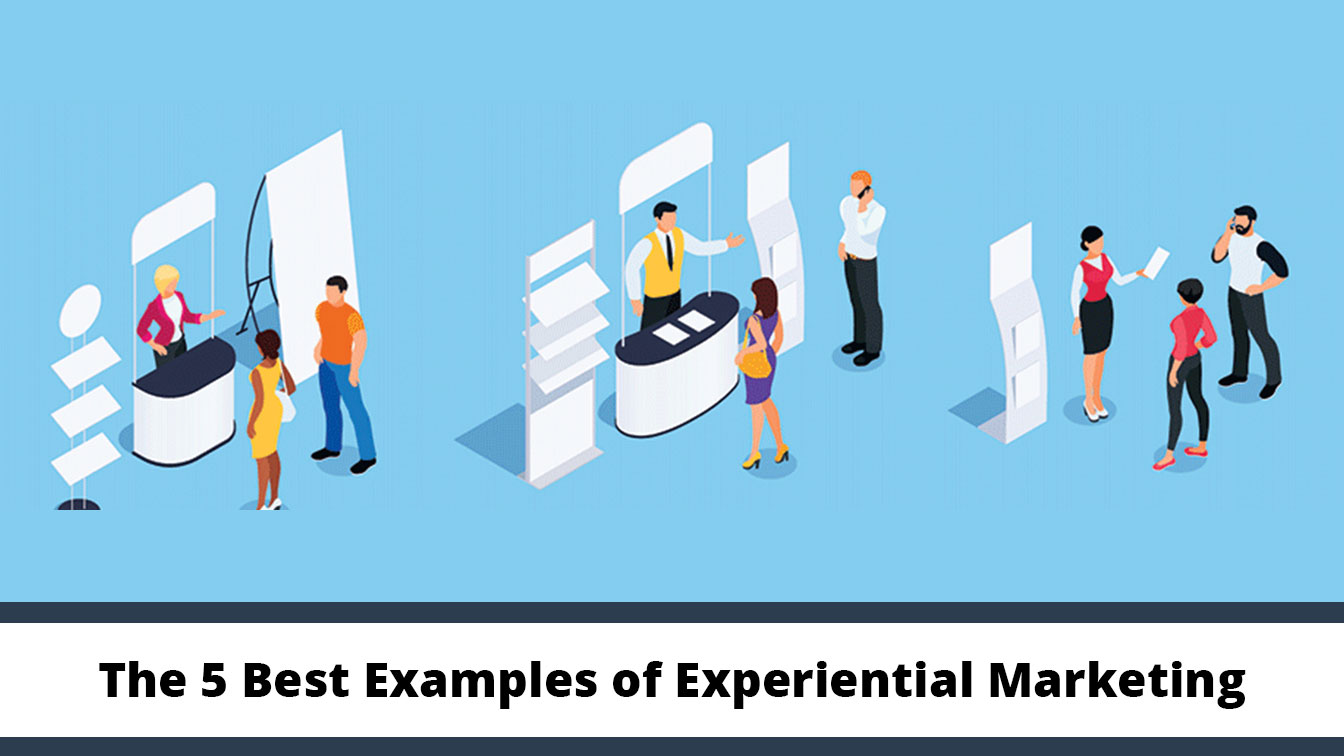
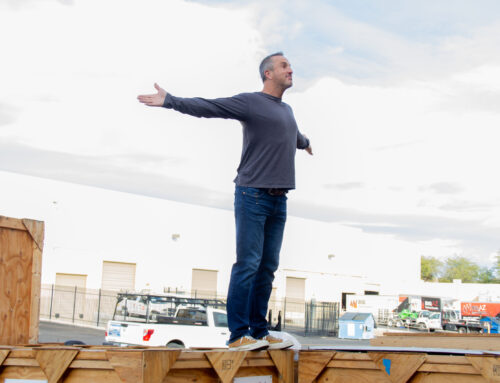
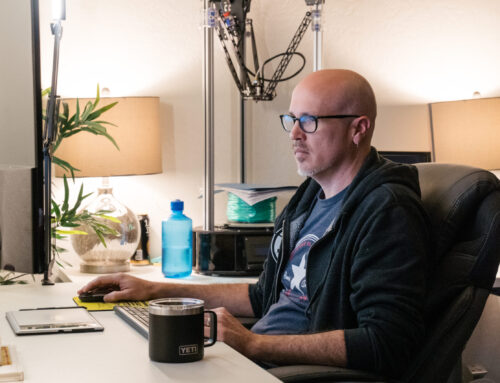
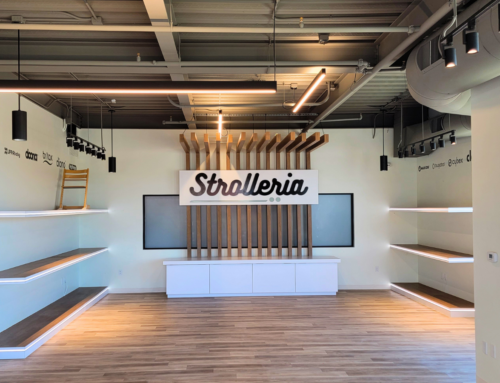
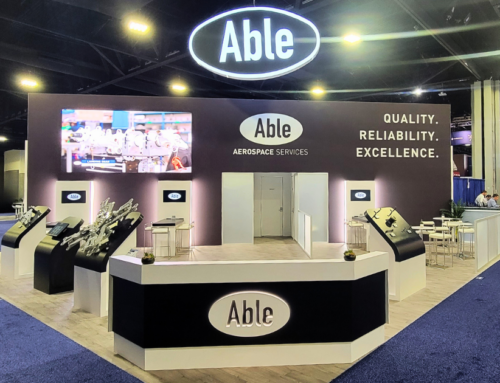
[…] experience is, it needs to be there, so that you are not left behind by the competition. Now, go create an experience that will take your store to the next […]